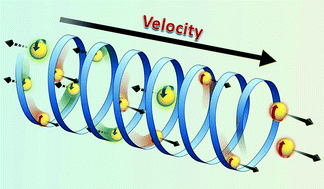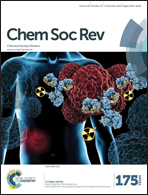The electron's spin and molecular chirality – how are they related and how do they affect life processes?
Abstract
The recently discovered chiral induced spin selectivity (CISS) effect gives rise to a spin selective electron transmission through biomolecules. Here we review the mechanism behind the CISS effect and its implication for processes in Biology. Specifically, three processes are discussed: long-range electron transfer, spin effects on the oxidation of water, and enantioselectivity in bio-recognition events. These phenomena imply that chirality and spin may play several important roles in biology, which have not been considered so far.


 Please wait while we load your content...
Please wait while we load your content...